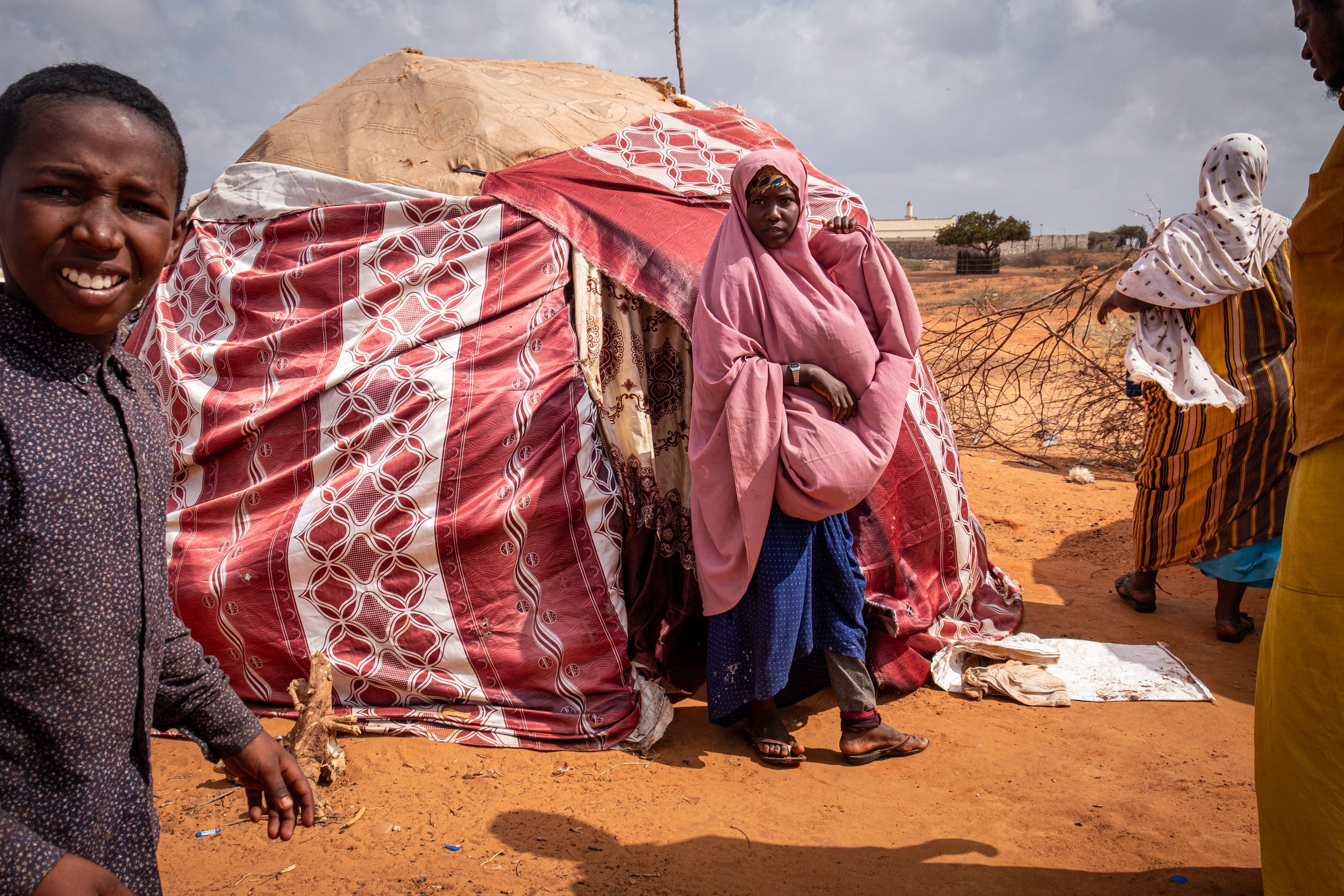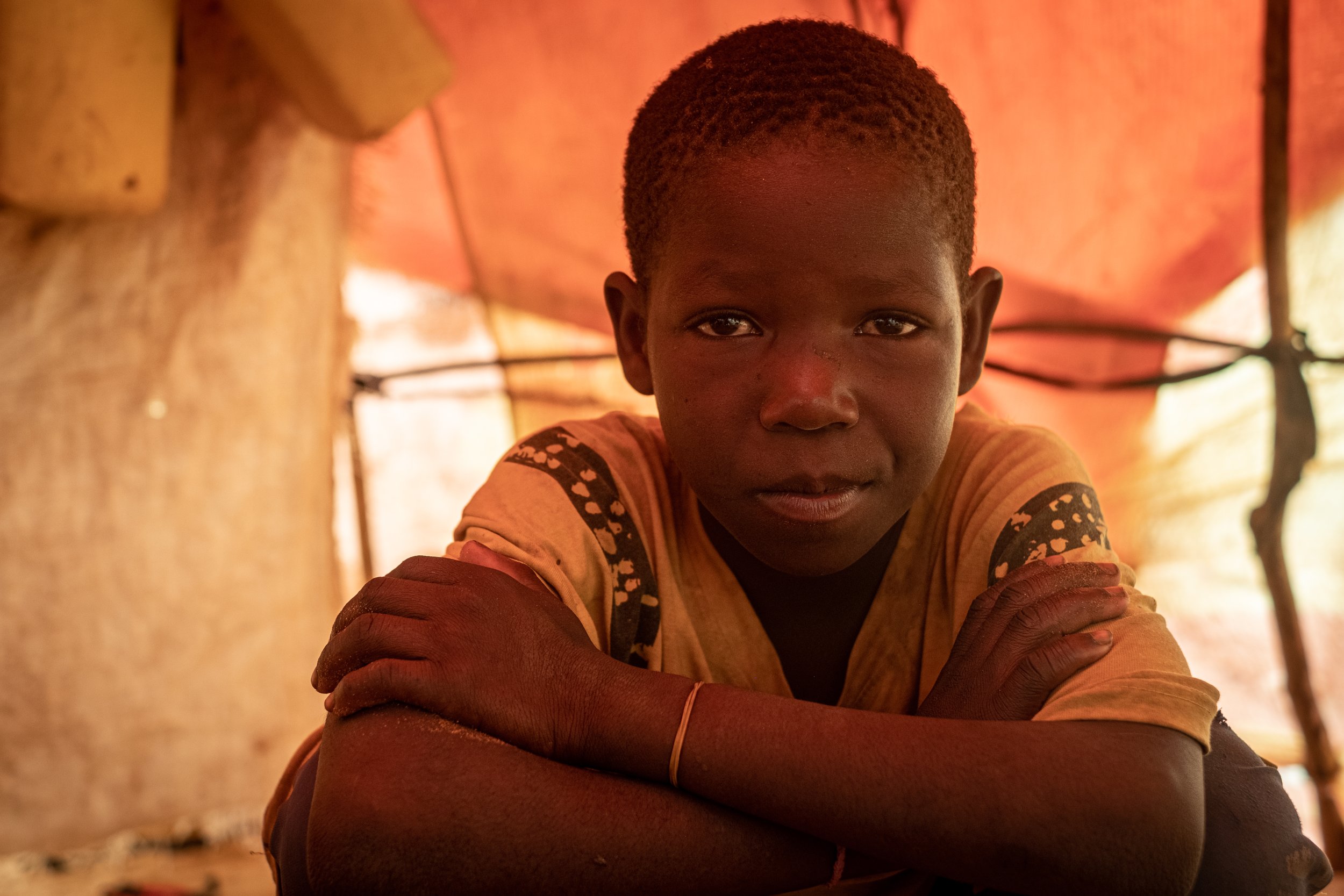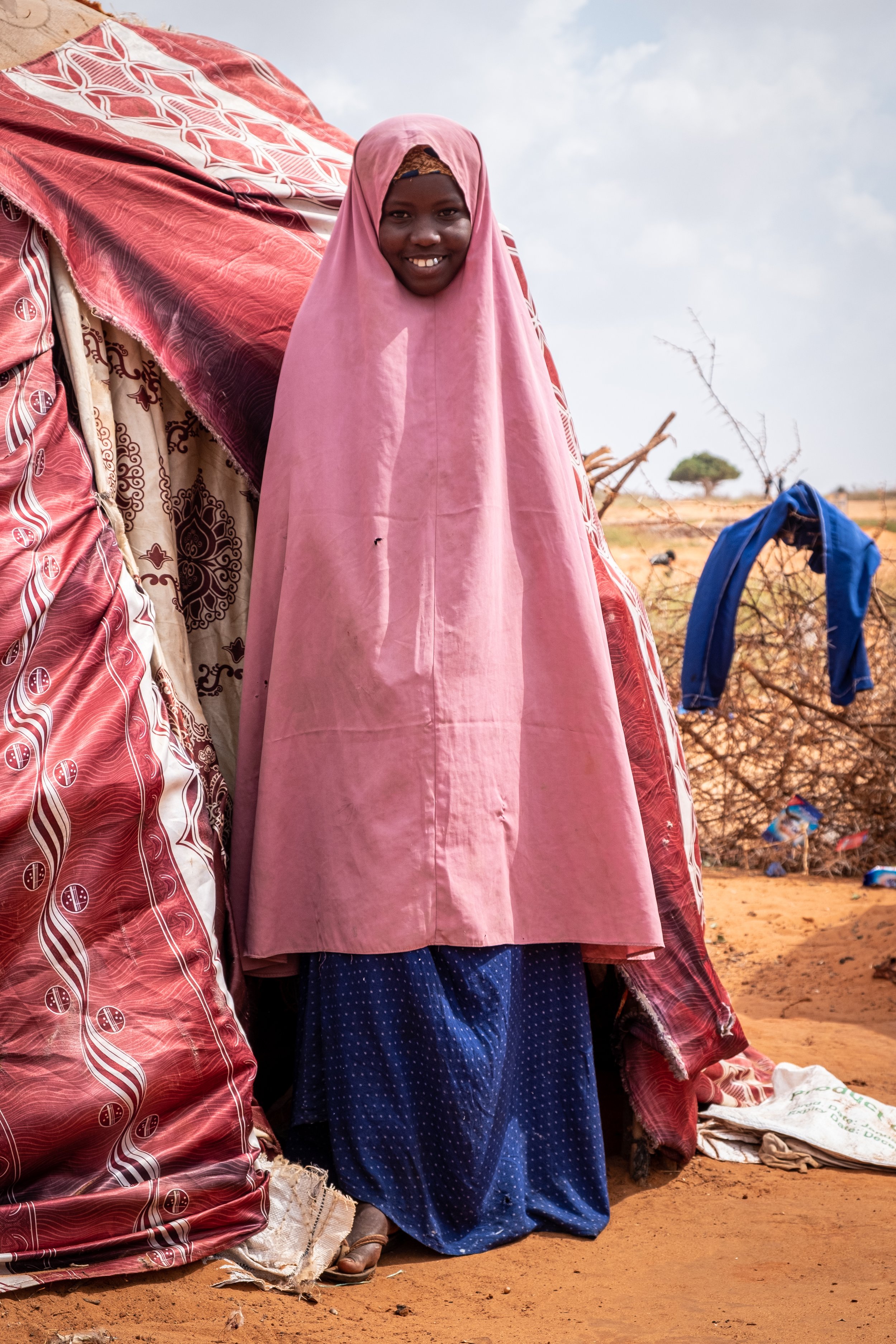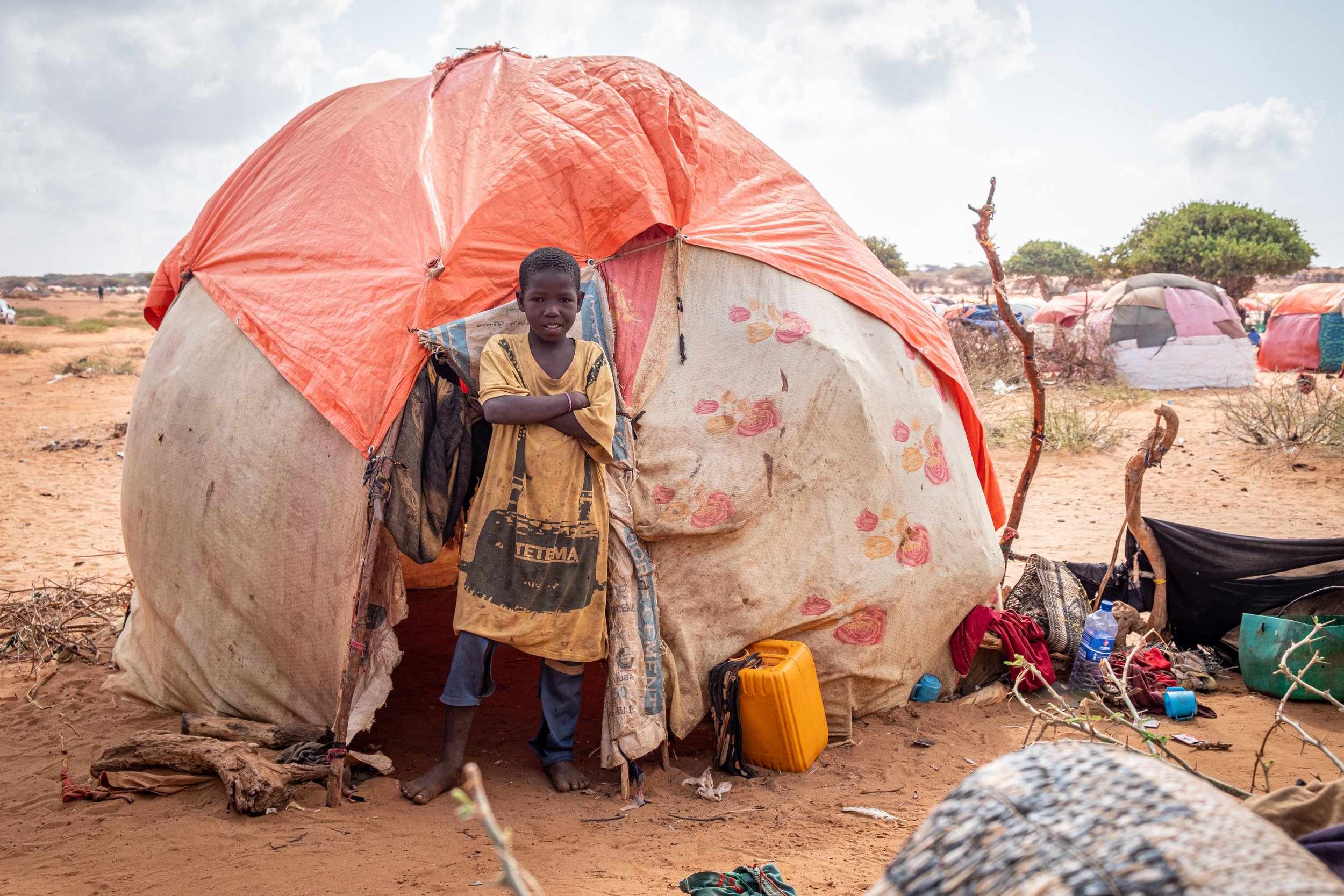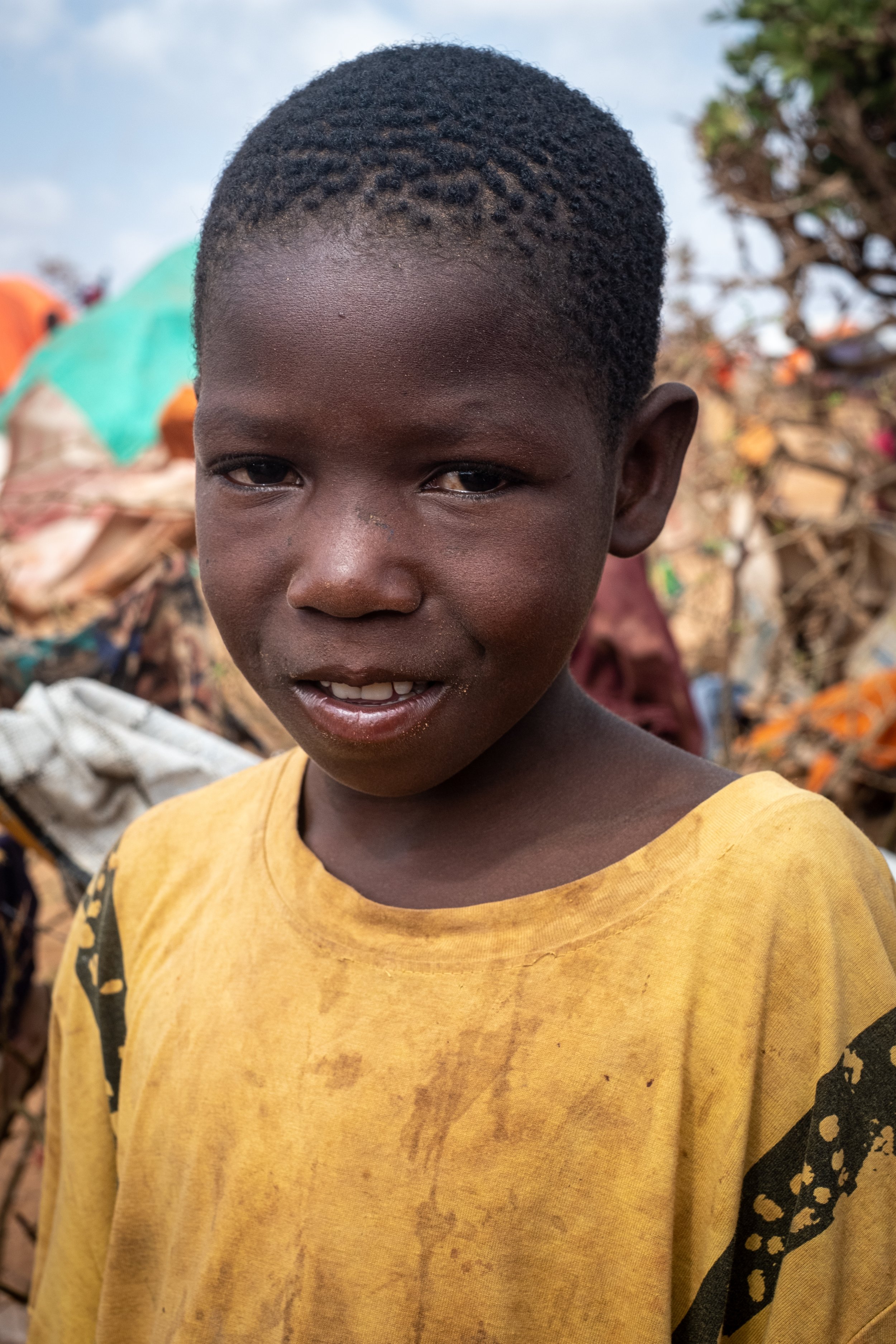Africa hardly contributes to climate change, but is severly hit by its negative consequences. At a climate adaptation summit in Rotterdam (skipped by most European leaders), African heads of state asked for Western support, because there is an increasing gap between the money available to limit and prevent the consequences and the amount that is actually needed. For De Volkskrant newspaper, I answered five questions (and interviewed former secretary general of the United Nations, Ban Ki-moon).
Climate Crisis
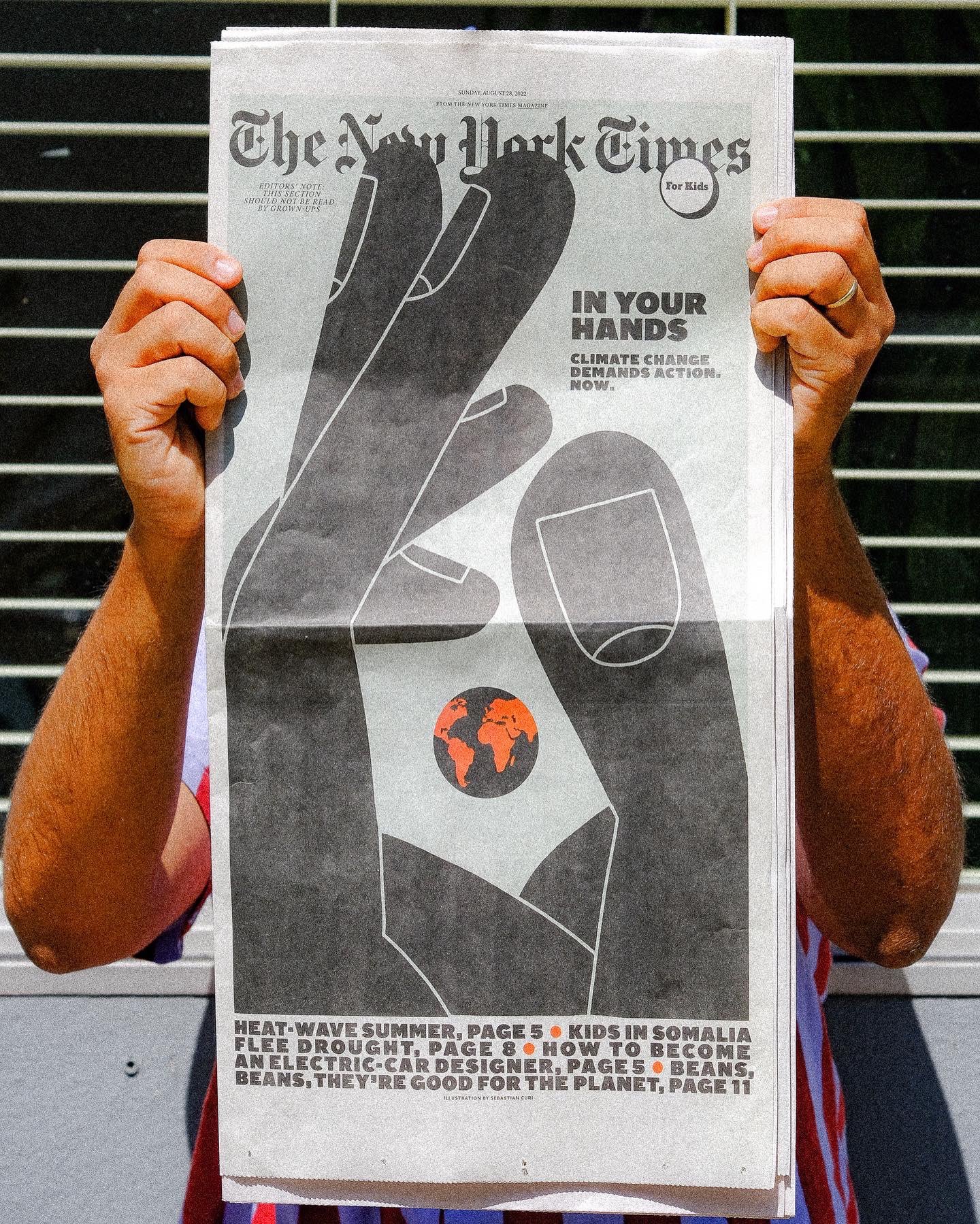
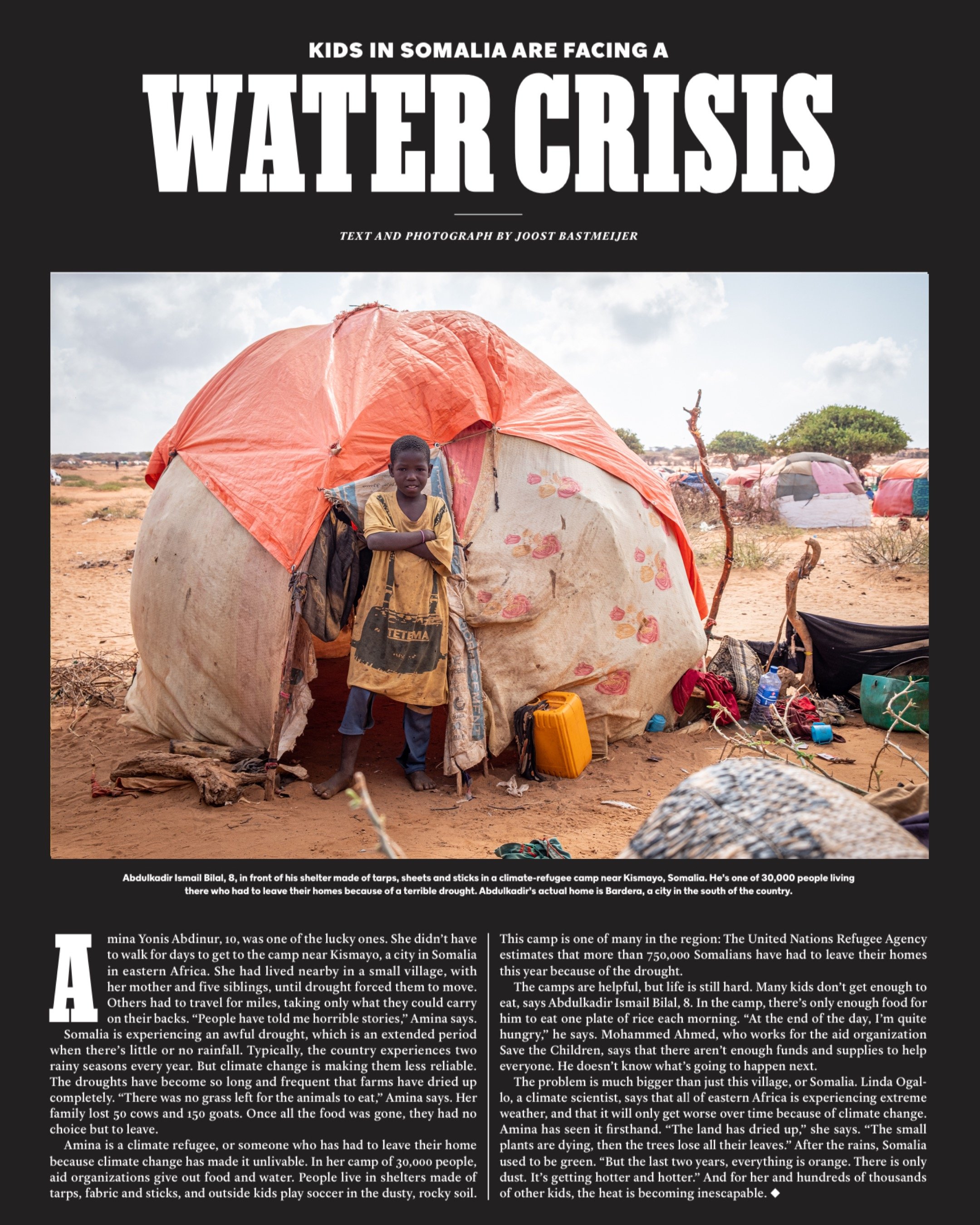
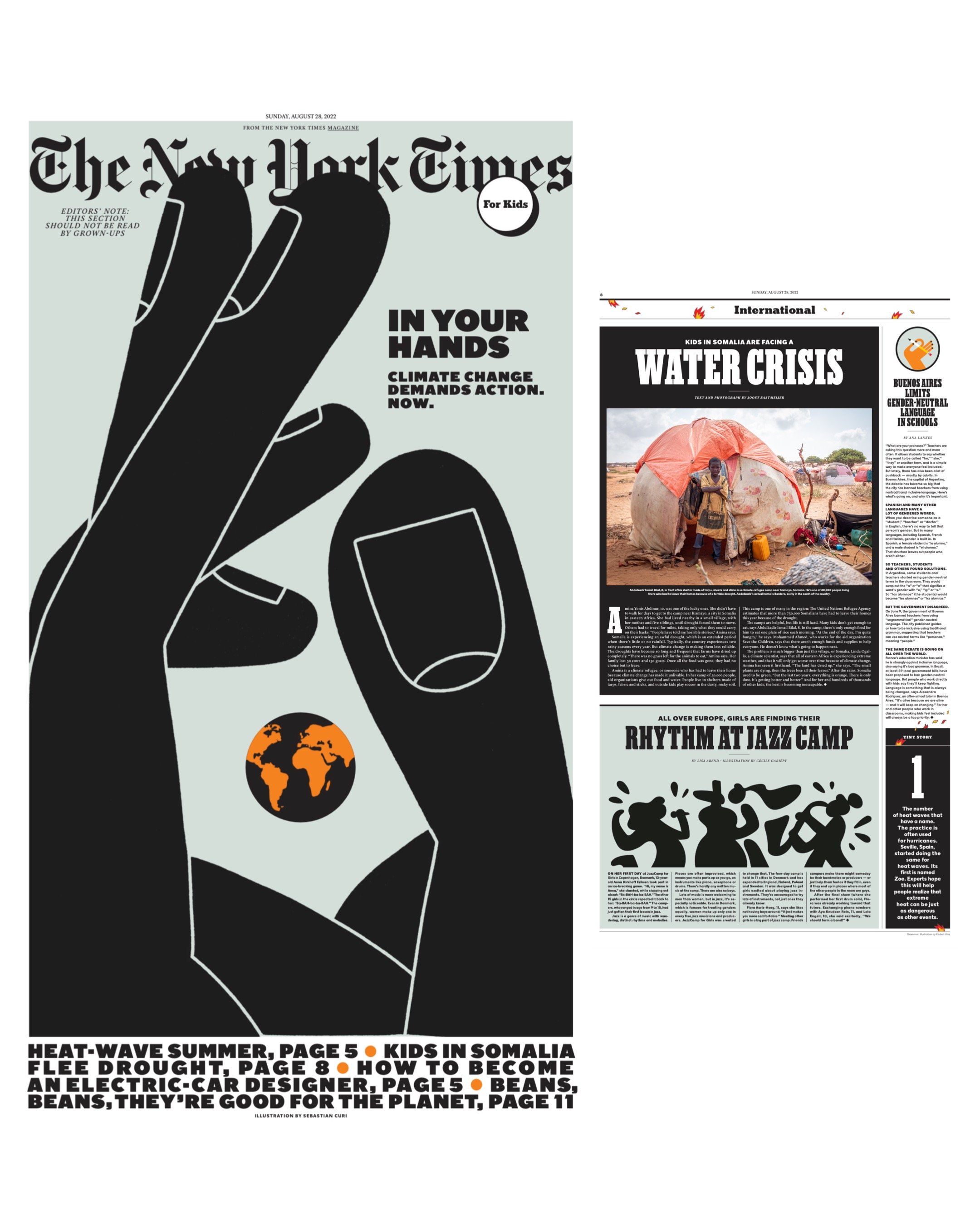
New work for The New York Times: a story about how the drought in Somalia is affecting kids
For the first story I have written for The New York Times, I followed Abdulkadir (8) and Amina (10) in the camp for internally displaced people in the south of Somalia. With 30,000 other people, they live in a settlement near Luglow, where the conditions are dire. You can read the full story below, or click here to buy the August edition of The New York Times for Kids, of which my piece is part of.
The New York Times: Kids in Somalia are facing a water crisis
Amina Yonis Abdinur, 10, was one of the lucky ones. She didn’t have to walk for days to get to the camp near Kismayo, a city in Somalia in eastern Africa. She had lived nearby in a small village, with her mother and five siblings, until drought forced them to move. Others had to travel for miles, taking only what they could carry on their backs. ‘‘People have told me horrible stories,’’ Amina says.
Somalia is experiencing an awful drought, which is an extended period when there’s little or no rainfall. Typically, the country experiences two rainy seasons every year. But climate change is making them less reliable. The droughts have become so long and frequent that farms have dried up completely. ‘‘There was no grass left for the animals to eat,’’ Amina says. Her family lost 50 cows and 150 goats. Once all the food was gone, they had no choice but to leave.
Amina is a climate refugee, or someone who has had to leave their home because climate change has made it unlivable. In her camp of 30,000 people, aid organizations give out food and water. People live in shelters made of tarps, fabric and sticks, and outside kids play soccer in the dusty, rocky soil. This camp is one of many in the region: The United Nations Refugee Agency estimates that more than 750,000 Somalians have had to leave their homes this year because of the drought.
The camps are helpful, but life is still hard. Many kids don’t get enough to eat, says Abdulkadir Ismail Bilal, 8. In the camp, there’s only enough food for him to eat one plate of rice each morning. ‘‘At the end of the day, I’m quite hungry,’’ he says. Mohammed Ahmed, who works for the aid organization Save the Children, says that there aren’t enough funds and supplies to help everyone. He doesn’t know what’s going to happen next.
The problem is much bigger than just this village, or Somalia. Linda Ogallo, a climate scientist, says that all of eastern Africa is experiencing extreme weather, and that it will only get worse over time because of climate change.
Amina has seen it firsthand. ‘‘The land has dried up,’’ she says. ‘‘The small plants are dying, then the trees lose all their leaves.’’ After the rains, Somalia used to be green. ‘‘But the last two years, everything is orange. There is only dust. It’s getting hotter and hotter.’’ And for her and hundreds of thousands of other kids, the heat is becoming inescapable. ◊

